Where to go in Hong Kong for something different: Island-hopping, a peaceful monastery, thrifters’ paradise
There’s really more to Hong Kong than just shopping and eating – especially if you head out to explore its lesser known and less touristy places.
In partnership with Hong Kong Tourism Board.

From left: A statue of Guanyin at Tsz Shan Monastery and the Cheung sisters who run the cafe and grocery story Island Table on Peng Chau Island. (Photos: CNA/Wallace Woon)

This audio is generated by an AI tool.
So you’re back in Hong Kong but you’ve been there and done all that. Don’t fret – there’s more to explore than just the neon traffic streets of Mong Kok or Tsim Sha Shui.
If you’ve had enough of the towering concrete jungle and are looking to explore some quieter, less crowded corners, here are eight places across the territory where you can slow down and explore.
1. PENG CHAU ISLAND
Checking out Hong Kong’s other islands is one way to immediately feel like you’re somewhere else.
A half-hour boat ride from Central Ferry Pier, Peng Chau Island lies to the east of Lantau Island. While several paths weave across the islet’s north and south for those looking to take a short leisurely stroll, it’s also home to some whimsical sights such as an art installation made of recycled items and a toy-laden path to a beachfront.


These Insta-worthy spots aside, the sleepy island might give off “retirement home” vibes, especially in contrast to Hong Kong’s busier places. But that’s exactly the charm of the place and the reason millennial sisters Mandy, Cony and Apple Cheung decided to set up their cafe and grocery store Island Table in August 2020, in the thick of the COVID-19 pandemic.

“We used to run a travel agency featuring private tours but after COVID-19 hit, the borders shut so we had no customers anymore and decided to open the cafe,” said Mandy.
“There wasn’t any cafe on my island at that time so I want to provide a place for people to chill and relax.”

One of her happiest takeaways, she said, was introducing the many elderly residents on the island to “young people coffee culture” and having the aunties and uncles become regulars.
2. LANTAU ISLAND
It’s undeniable that the island’s famed themed park featuring beloved animated characters (read: Disneyland) is what makes many a visitor make a beeline here from the airport. But if that’s not your thing, Hideout Cafe is a small world away from the crowd – without the repetitive iconic melody ringing in your ears.
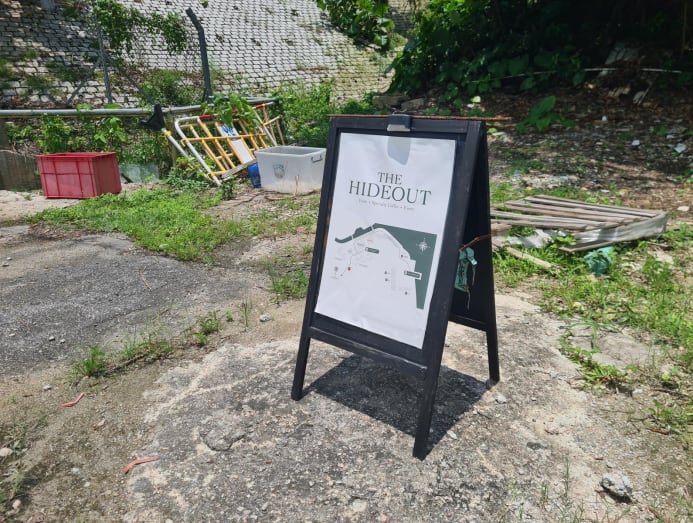

Tucked behind a knoll on the other side of Mui Wo’s Silver Mine Bay, lush greenery lines the path leading to the cafe. A 15-minute walk from the ferry terminal will take visitors past a beach facing the bay.
The premises features a herb garden, which supplies the kitchen and bar with ingredients for its dishes and drinks. The main draw for visitors is the art jamming activity where budding painters are encouraged to take inspiration from the nature surrounding the cafe.
3. CHEUNG CHAU ISLAND
Row upon row of fishing boats flank the ferry routes arriving at the Cheung Chau Ferry Pier. It comes as no surprise then that seafood restaurants line the entirety of the waterfront.


Take a sweaty 30-minute hike up some stairs, wind through the front and back of residents’ homes, and follow a trail – you’ll eventually arrive at a viewpoint that offers sweeping views of Hong Kong Island and the New Territories.


And if you’re a fan of Hong Kong movies, the Cheung Chau Cinema museum offers a glimpse into the city’s filmmaking heritage. Vintage posters line the walls and visitors can role play in period dramas or a courtroom scene on mock movie sets.



4. ABERDEEN HARBOUR
Take a slow cruise down memory lane as you sail past fishing junks and huge hulking vessels that look like they’ve not been used in years. A visit to Aberdeen Harbour feels like going back to a time when Hong Kong’s fishing industry was in its heyday.

Spot the empty Tai Pak Floating Restaurant with its palace-like roof, ornate decor and intricate carvings. Fun fact: Its sister restaurant, Jumbo Floating Restaurant, sank in 2022 while being towed in the South China Sea.
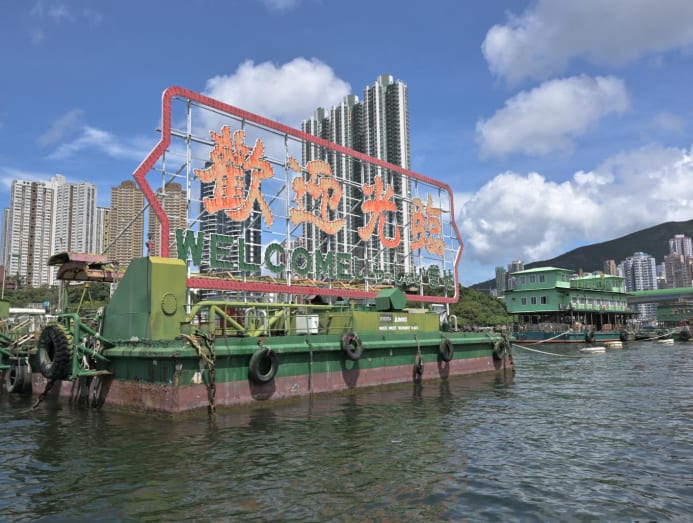
At the Aberdeen Houseboat floating museum, visitors can learn what life was like aboard one of the old school fishing vessels while they duck and squeeze through the small confines. Looking at vessels being repaired in zinc roofed drydocks, with the towering new condominiums in the backdrop, you’re instantly reminded of how much Hong Kong has changed over the years.
5. TSZ SHAN MONASTERY
If it's mindfulness you seek, then it's mindfulness you shall receive at this peaceful monastery – after you’ve admired the place itself.
Located 30km northeast of Hong Kong's New Territories, the buildings in the Tsz Shan monastery complex are an impressive feat of architecture, seeing as these were built with traditional construction methods.

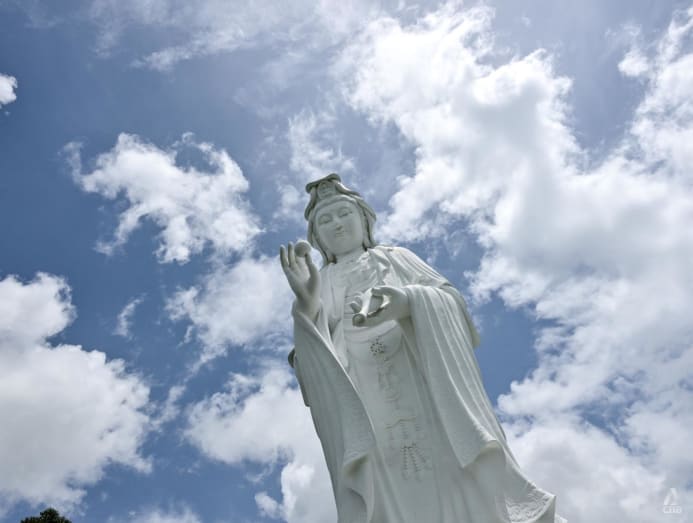
Even more impressive – and frankly hard-to-miss – is the 76m tall Guanyin statue which towers over the complex and overlooks the bay. The statue, made of bronze, is painted with a white fluorocarbon paint that supposedly repels dirt, which makes it easy to maintain and protect the statue.

Instead of offering incense, visitors can give a water offering at a pool near the foot of the statue. If you want to cool down – especially when during the summer months – duck inside the air-conditioned museum at the statue’s base. It houses a selection of Buddhist art, so you can admire artefacts, some of which are nearly a millennia old, up-close.
6. SHA TAU KOK
Located between the urban centres of Hong Kong and Shenzhen in mainland China is this unique border town. Because of its unique position, residents pass through one of the many crossing points – manned by policemen – multiple times a day.
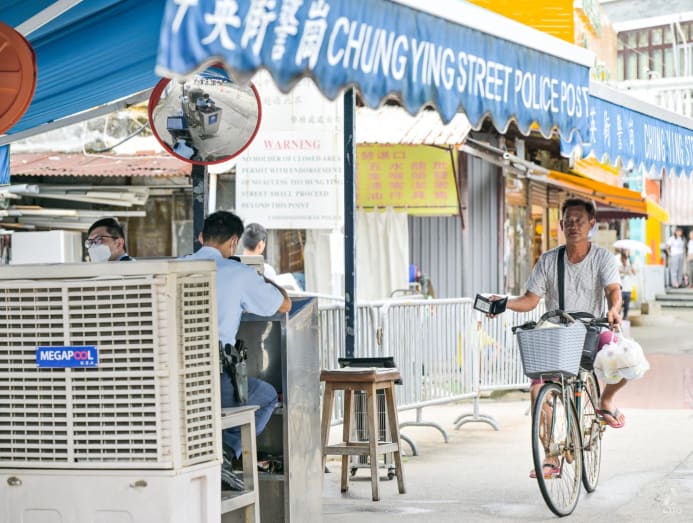

And for foreign visitors, entering Sha Tau Kok feels like an adventure as you first have to get past multiple police checkpoints before finally stopping for a passport check and getting all the appropriate permits ready for inspection. This, despite the fact that you never technically cross a border.

Once there, it’s a pretty quaint place to explore – the town itself features colourfully painted low-rise public housing buildings and other historical installations that harken back to the time it was under British rule.
7. LAI CHI WO
A 20-minute boat ride from Sha Tau Kok is this centuries-old Hakka village worth exploring. Back in the 17th century, migrants fleeing south came here to settle but by the 1960s, it was practically empty as the residents moved elsewhere for a better life.
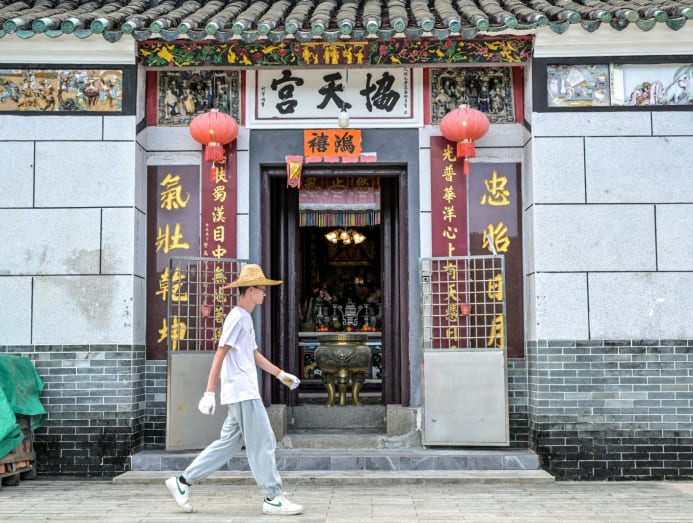

Indeed, there’s a cold and lonely vibe as you weave through the tight alleys and walk past stone brick homes.
But things have been slowly changing, thanks to a revitalisation programme aimed at bringing in tourists as well as new residents to tend to abandoned farms. That was the case for a Hong Kong city dweller like Keith Mak, who has been living in Lai Chi Wo since 2013.


“This village is a paradise for me,” said the 71-year-old, who used to work in the insurance industry. These days, he’s busy with his 20,000 sq ft plot of land, growing produce such as sand ginger, turmeric and curry trees, which he then uses to make the popsicles and drinks he sells to tourists.
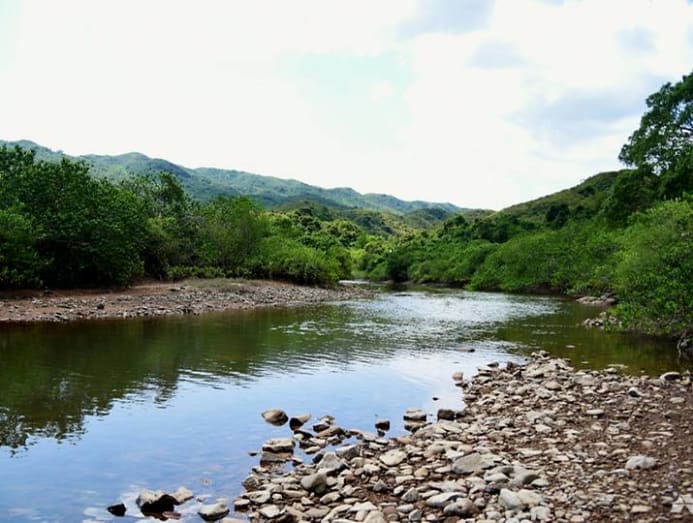

For those looking to spend more time in nature, there are also hiking trails that connect Lai Chi Wo to neighbouring villages. And yes, if you’re hungry, there are stalls that sell authentic Hakka yong tau foo.
8. SHAM SHUI PO
Once you’ve had your fill of the other side of Hong Kong, perhaps you’re thinking it’s time to go shopping. But even that popular Singaporean pastime can be enjoyed with a twist – right in the heart of the city is Sham Shui Po. And instead of designer store fronts, this is a thrifter’s haven and it has been that way even before thrifting became cool.
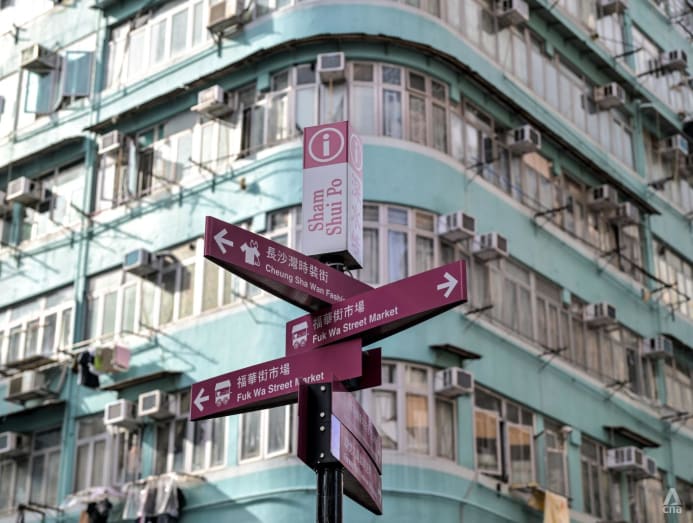
Here, street stalls line the road, selling every conceivable accessory and gadget at competitive prices. Locals go about their lives under the visual cacophony of LED signs and banners, a hallmark of the working-class neighbourhood – which was historically, also the first port of call for migrant labourers coming from the mainland.

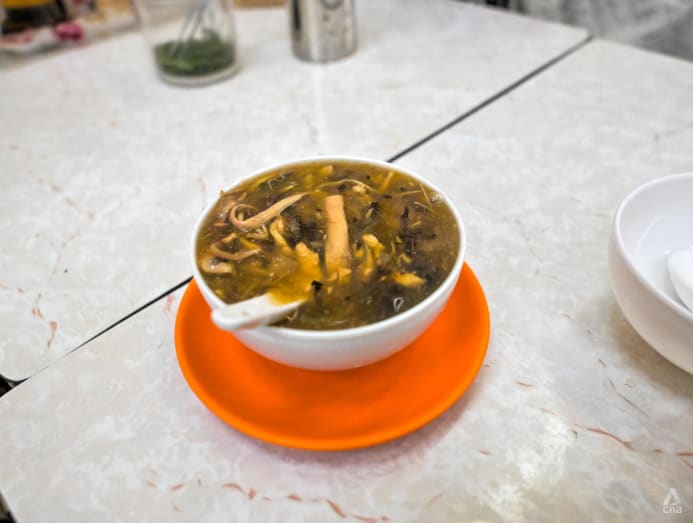
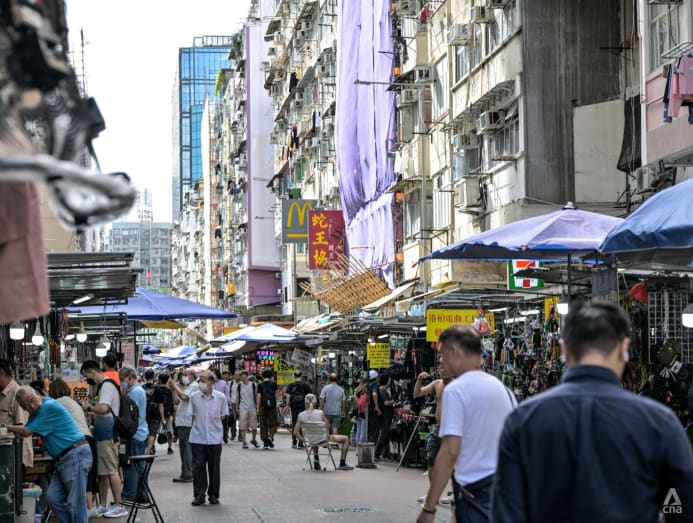
Cheap eats abound as well – there’s dim sum and daofufa (tau huay) for those hoping to grab some local bites. And there’s nothing more local than the snake soup sold at Shia Wong Hip, which has been around for nearly six decades. Think fish maw soup but with unagi-like slivers of meat. It’s popular during winter and something to consider for those who need to check something exotic off their bucket list.
CNA Lifestyle was in Hong Kong at the invitation of Hong Kong Tourism Board.
Check out HKTB’s ongoing Summer Chill Hong Kong campaign for more details or its curated list of “hidden gems” for your next trip.







